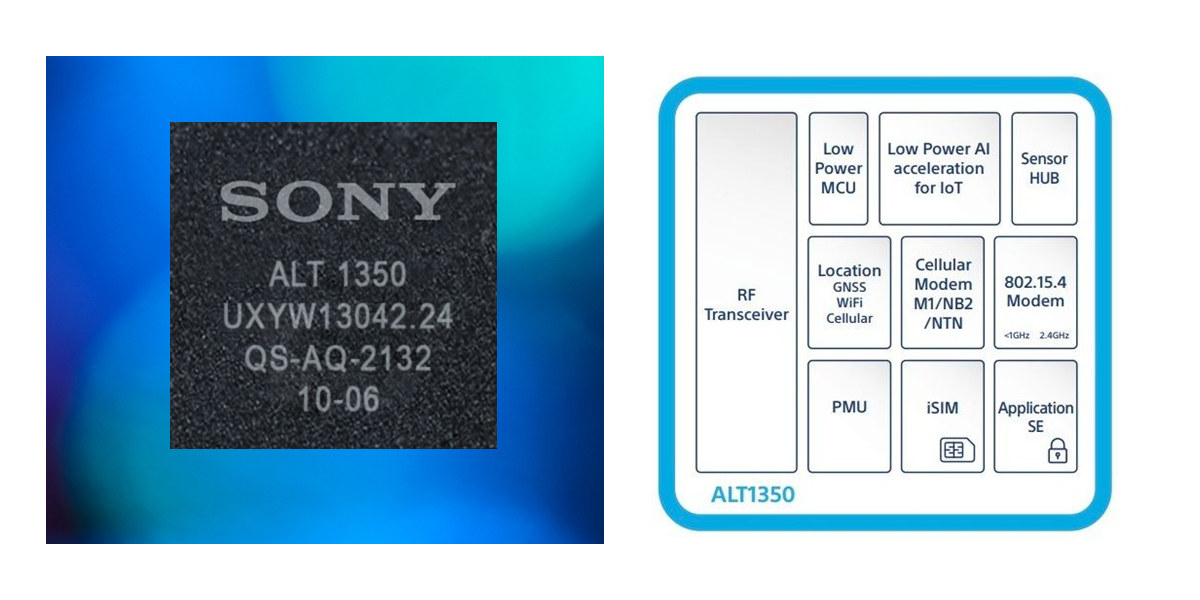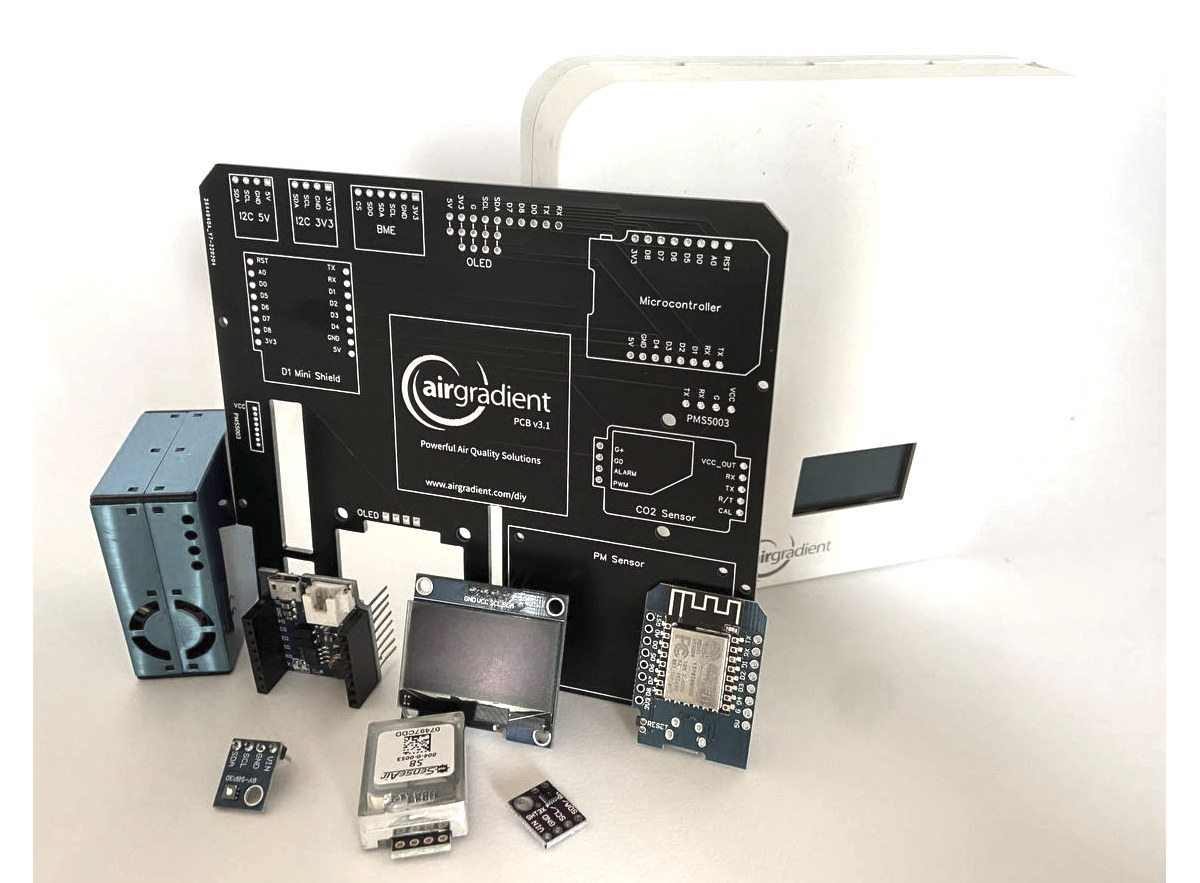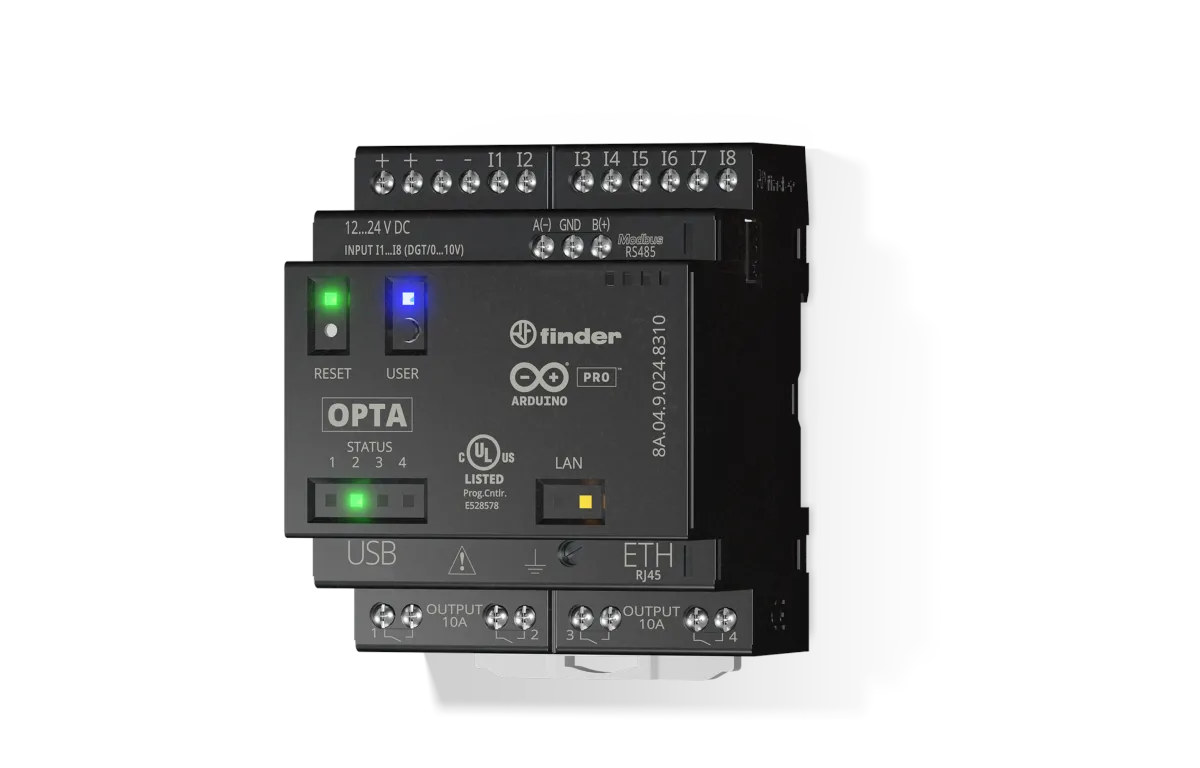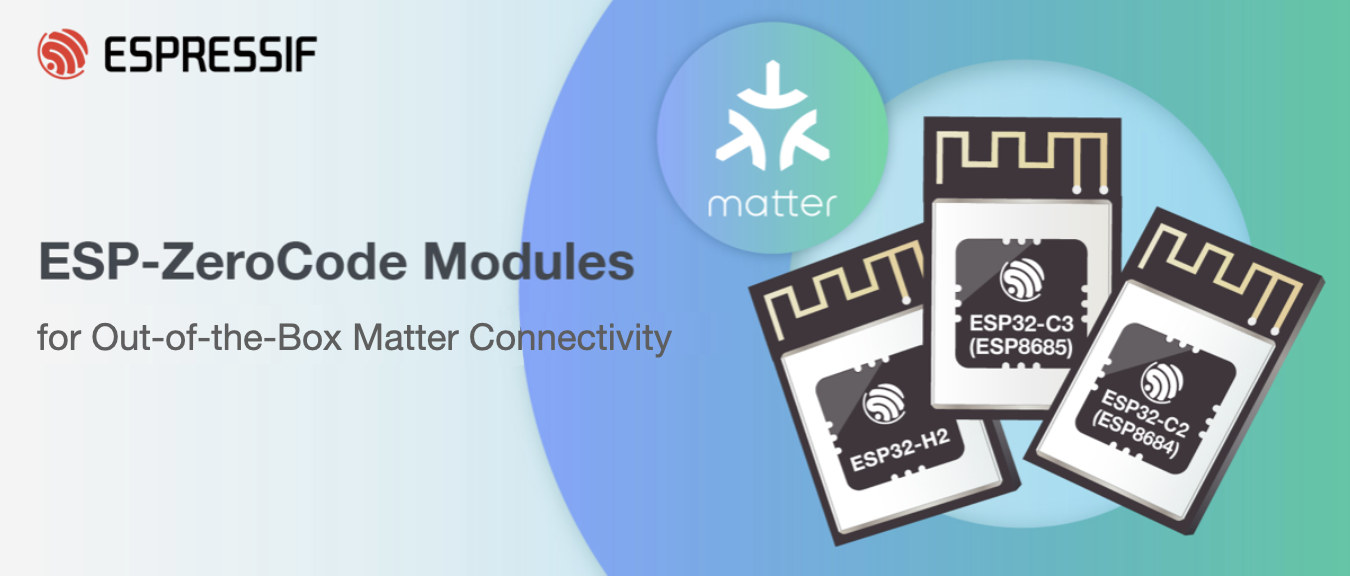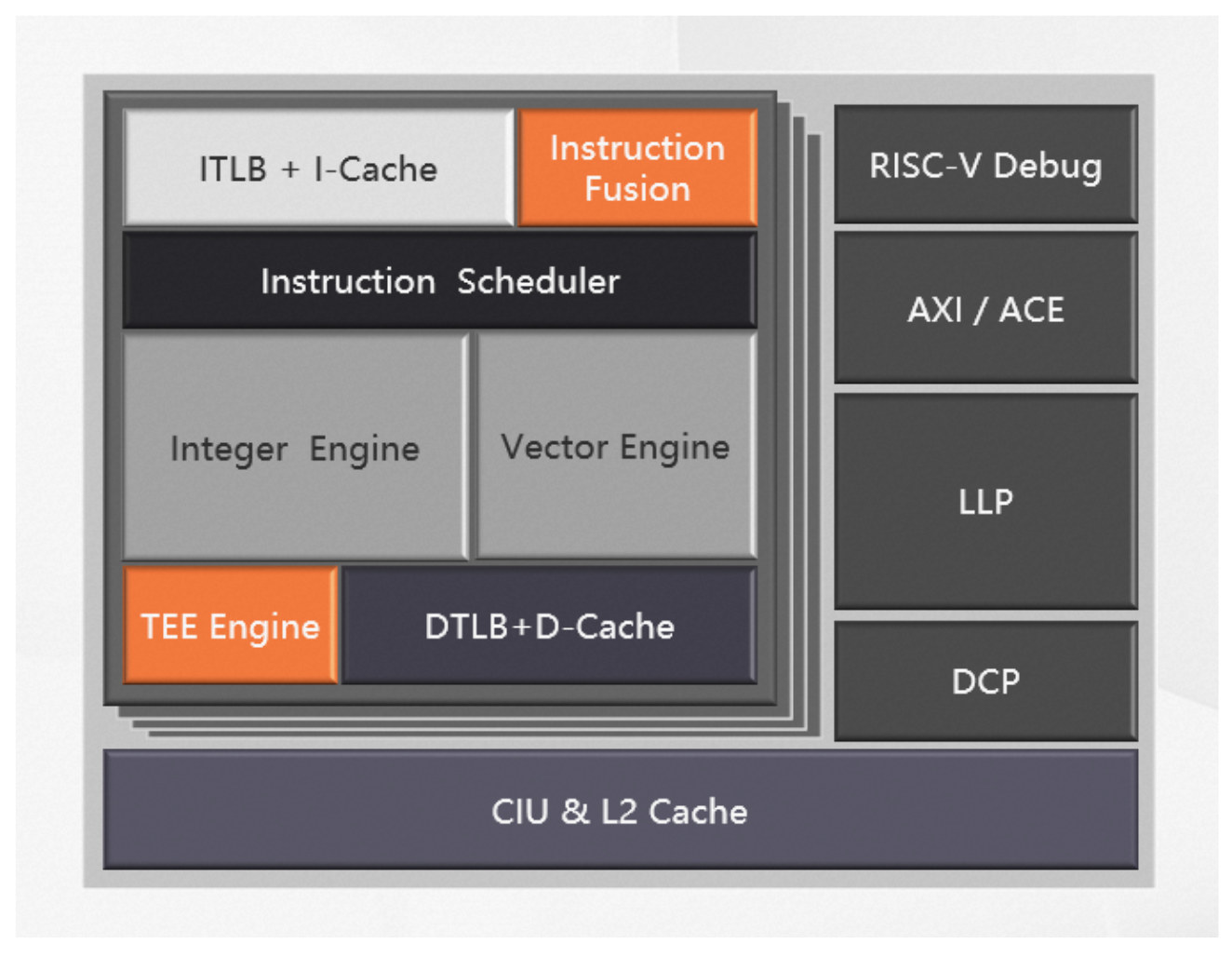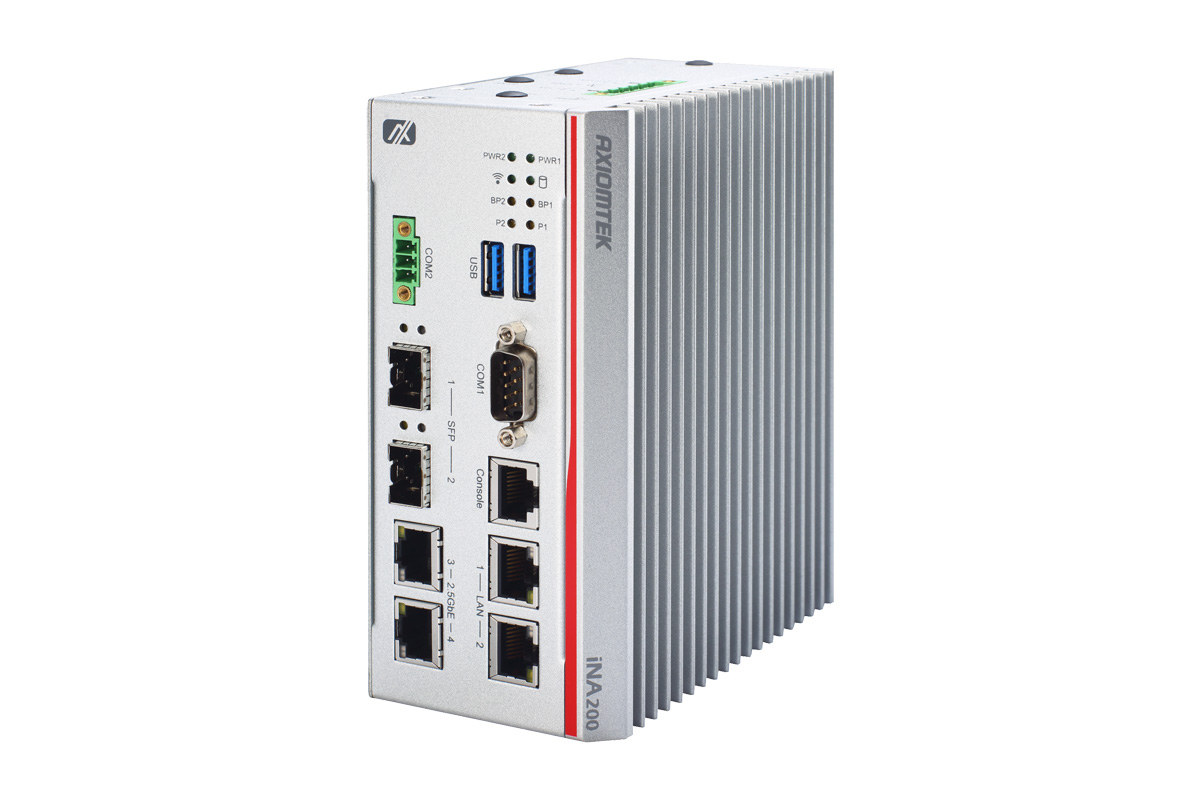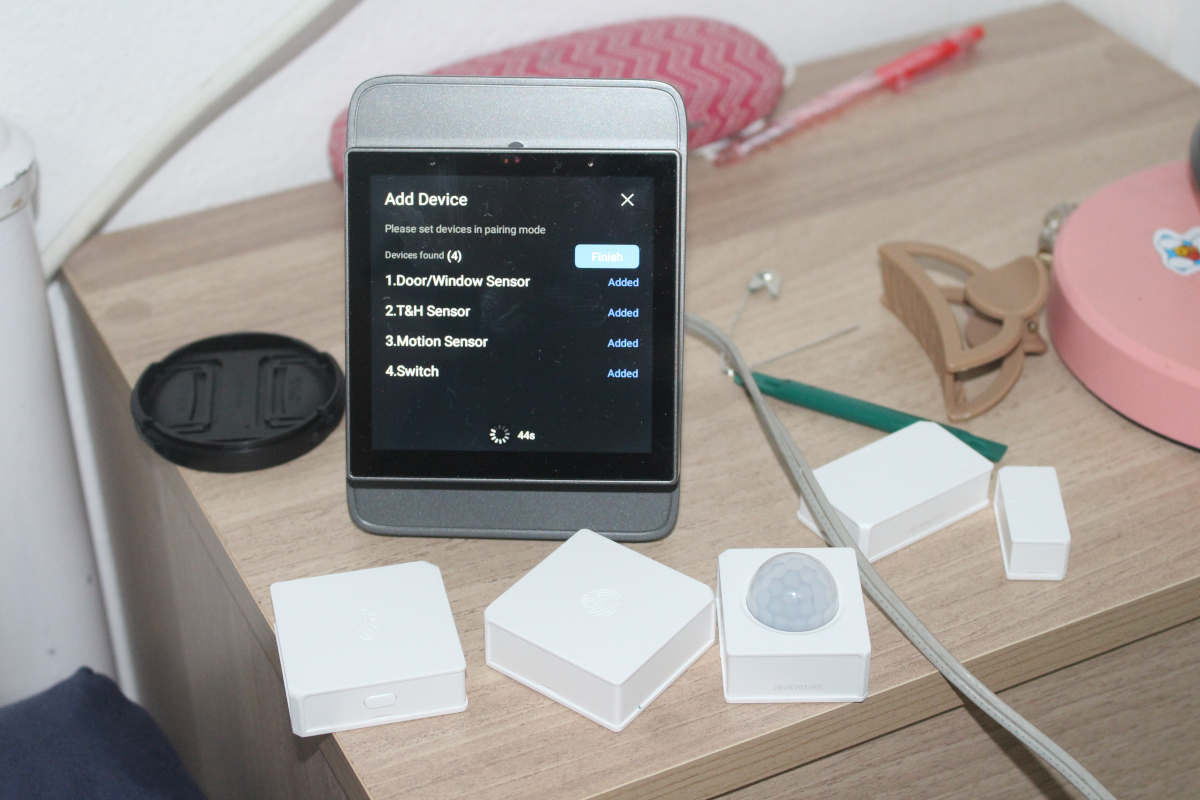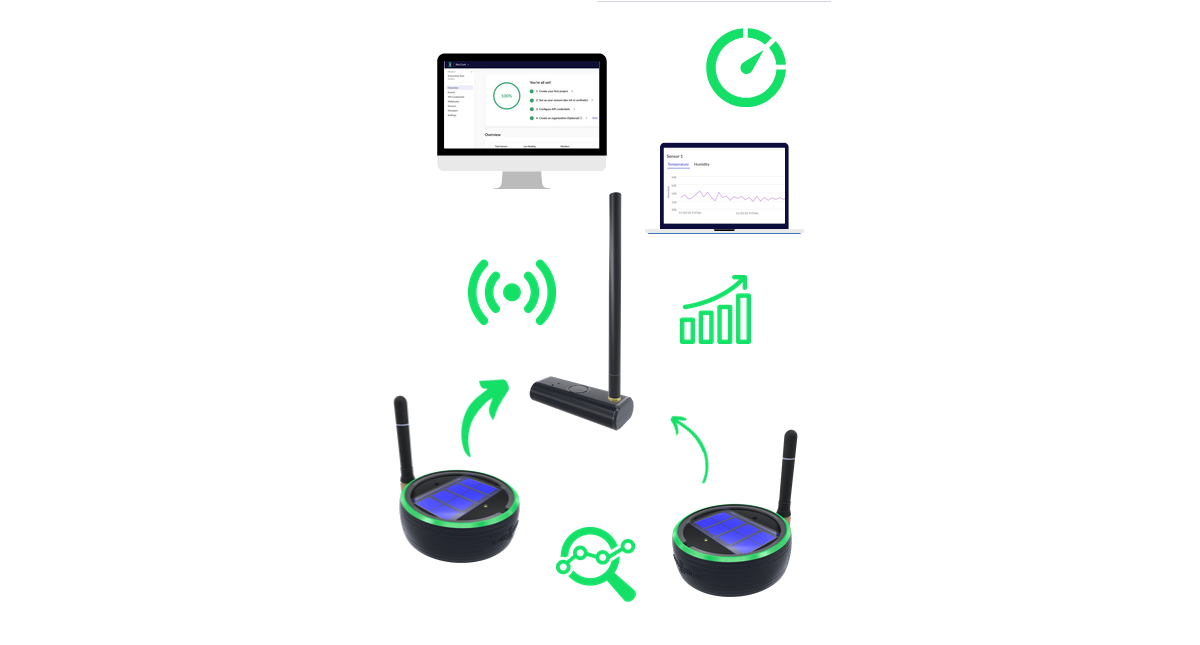Sony ALT1350 is a new ultra-low-power 5G LPWA LTE-M/NB-IoT chip that supports Non-Terrestrial Networks (NTN) for satellite connectivity and also integrates sub-GHz and 2.4 GHz radios for short-range communication and improved efficiency. The chip is comprised of an Arm Cortex-M4 microcontroller core as well as an Arm Cortex-M0+ always-on core for sensors and will be upgradable to 3GPP Release 17 to support higher bitrates for Cat-M1 (eMTC) and Cat-NB2 (NB-IoT). It also implements GNSS, cellular and wifi-based location, supports AI acceleration, and embeds a secure element for secure communication. Sony ALT1350 specifications: MCU cores Arm cortex-M4 with 1MB NVRAM and 752KB RAM Arm Cortex-M0+ low power always-on sensing hub Memory & Storage I/F – Quad SPI flash and PSRAM Wireless Cellular 3GPP Release 15, future proof to support 3GPP up to 17 through SW upgrade CAT-M1: Up to 588 Kbps in DL, and 1119 Kbps in uplink (up to 1.2mbps […]
DIY air quality monitor is based on Wemos D1 mini ESP8266 board, Sensirion SGP41 TVOC sensor
Open AirGradient is a DIY air quality monitor based on the Wemos D1 mini ESP8266 WiFi IoT board programmed with Arduino and fitted with a range of sensors including an optional Sensirion SGP41 TVOC sensor through a custom PCB designed with EasyEDA. Two versions of Open AirGradient are available. The Basic model includes an OLED display, a Plantower PMS5003 PM sensor, a Senseair S8 CO2 sensor, and SHT30 or SHT31 temperature & humidity sensor, while the Pro version adds a larger display, a plastic enclosure, and support for the SGP41 TVOC sensor. Open AirGradient key components: MCU board Basic – Wemos D1 Mini Pro Pro – Lolin D1 Mini v4 with USB-C port Display Basic – Wemos OLED shield Pro – 1.3-inch OLED display Sensors Plantower PMS5003 PM sensor Senseair S8 CO2 sensor SHT30 or SHT31 temperature and humidity sensor module Optional Sensirion SGP41 TVOC & NOx sensor (Pro version […]
Arduino Opta is a micro PLC for industrial IoT applications
Arduino has recently announced the Opta micro PLC with industrial IoT capabilities adding yet another solution to the Arduino Pro family. Arduino used to focus on the hobbyist crowd, but with the launch of the Arduino Pro family in 2020 starting with the Portenta H7 board, the company switched its main focus to the more profitable enterprise market. Since then they’ve launched several other boards designed in-house, and last year started collaborating with the introduction of the Arduino WisGate Edge LoRaWAN gateways based on RAKwireless hardware. The Arduino Opta is another one of those collaborations as it was designed together with Finder, who calls their devices PLR (Programmable Logic Relays). Arduino Opta key features and specifications: MCU – STMicroelectronics STM32H747XI microcontroller with 1x Arm Cortex-M7 core up to 480 MHz, 1x Arm Cortex-M4 core up to 240 MHz, 2MB flash, 1MB SRAM (as found in all Portenta H7 boards, and […]
Matter compatible ESP-ZeroCode modules enable plug-and-play automation solutions
Espressif Systems has just announced the Matter-compatible ESP-ZeroCode modules with Wi-Fi and/or Thread (802.15.4) wireless connectivity that are designed as plug-and-play solutions for LED lights, outlets, switches, dimmers, relays, fans, and other lighting and electrical devices. I was only recently introduced to no-code programming in a recent post by Ninephon Kongangkab explaining how to use SenseCraft firmware for no-code programming on Wio Terminal. Basically, there’s no need to know Arduino, MicroPython, or any programming language, as the user just has to press a few buttons to configure an IoT device to meet his/her requirements. With the ESP-ZeroCode modules, Espressif offers something similar using several of their ESP32 chips. The first ESP-ZeroCode modules will be offered with either ESP32-C3 (aka ESP8685) or ESP32-C2 (aka ESP8684) WiFi & BLE RISC-V SoCs, or ESP32-H2 802.15.4 & BLE RISC-V microcontroller, and ships with a Matter compatible firmware that enables “near-zero investment in development”. Not […]
T-Head XuanTie C908 RISC-V core targets AIoT applications
We’ve seen two announcements of high-end RISC-V cores this week with the SiFive P670 and Andes AX65 processors each with a 4-way out-of-order pipeline, but Alibaba’s T-Head Semiconductor Xuantie C908 is a little different with a dual-issued, 9-stage in-order pipeline and support for the RISC-V Vector extension acceleration targeting mid-range AIoT applications. The C908 64-bit RISC-V core adopts the RV64GCB[V] instruction and complies with the RVA22 profile for better compatibility with Android and other “rich” operating systems. The company says its performance is between the C906 and C910 cores introduced in 2020 and 2019 respectively. XuanTie C908 highlights: RV32GCB[V] 32-bit and RV64GCB[V] 64-bit RISC-V architectures with Bit manipulation and (optional) Vector operations extensions Support for RV32 COMPAT mode which allows for 64-bit RISC-V CPUs to run 32-bit binary code, and was merged into Linux 5.19. XuanTie extensions, including Instruction, Memory Attributes Extension (XMAE). RVA22 profile compatibility Cluster of 1 to […]
Axiomtek iNA200 DIN-Rail cybersecurity gateway offers 6x Ethernet ports up to 2.5GbE
Axiomtek iNA200 is a DIN-rail mountable cybersecurity gateway powered by a choice of Elkhart Lake Atom x6000E-series processor and designed for operational technology (OT) network security. The fanless gateway comes with up to 32GB RAM, supports SATA storage, offers 2.5GbE & Gigabit Ethernet (RJ45/SFP) networking, and as it is designed for industrial settings, can take input from two 9V to 36V power sources and operate in the -40°C to 70°C temperature range. Axiomtek iNA200 specifications: SoC – Intel Atom x6212RE/x6414RE dua-core or quad-core Elkhart Lake processor with 16 EU Intel UHD Graphics; TDP: x6212RE: 6W, x6414RE: 9W System Memory – Up to 32GB DDR4-3200 SO-DIMM Storage – Support for 2.5-inch SATA III SSD, optional eMMC flash Video Output – HDMI Networking 2x Gigabit Ethernet RJ45 ports via Marvell 88E1512 controller with LAN Bypass 2x 2.5GbE RJ45 ports via Intel I225-IT controller with LAN Bypass and TSN function 2x Gigabit Ethernet […]
SONOFF NSPanel Pro control panel review with Zigbee modules, CAM Slim WiFi camera
ITEAD has sent us a Smart Home kit for review including the SONOFF NSPanel Pro Android control panel and Zigbee gateway, an enclosure stand, the CAM Slim WiFi camera, and four Zigbee modules, namely the SNZB-01 wireless switch, the SNZB-02 temperature & humidity sensor, the SNZB-03 motion sensor, and the SNZB-04 door/window sensor. In this review, we’ll configure the NSPanel Pro controller with the eWelink app in Android, show how to add the WiFi camera and Zigbee devices directly to NSPanel Pro, and go back to the eWelink app for more advanced features such as scenes with triggers and actions. Sonoff NSPanel Pro kit unboxing Let’s get started by having a closer look at the SONOFF NSPanel Pro controller. As previously noted, the device is based on Rockchip PX30 quad-core Cortex-A35 processor and runs Android 8.1. It acts both as a control panel and a WiFi to Zigbee 3.0 gateway. The […]
Everactive launches batteryless IoT devkit using Evernet low-power protocol
Everactive has launched a batteryless IoT devkit to let engineers evaluate its ultra-low-power energy harvesting solution and the Evernet wireless protocol for the “Hyperscale” Internet of Things. The kit is comprised of two environment sensors (ENV+ Eversensor) with a low-light photovoltaic harvester, one USB Evergateway, and an unlimited number of accounts to the Everactive developer console for data visualization. The ENV+ Eversensor features temperature, humidity, and pressure sensors, as well as a 3-axis accelerometer, supports the Evernet IoT protocol, and instead of using a battery for power, the device relies on a photovoltaic cell that provides enough energy for continuous data streaming to the USB gateway at a rate of once every 15 seconds. The public details about the development kit are rather light, but developers will have access to a developer console for data visualization, the ability to sandbox data & add virtual sensors, as well as access to […]


